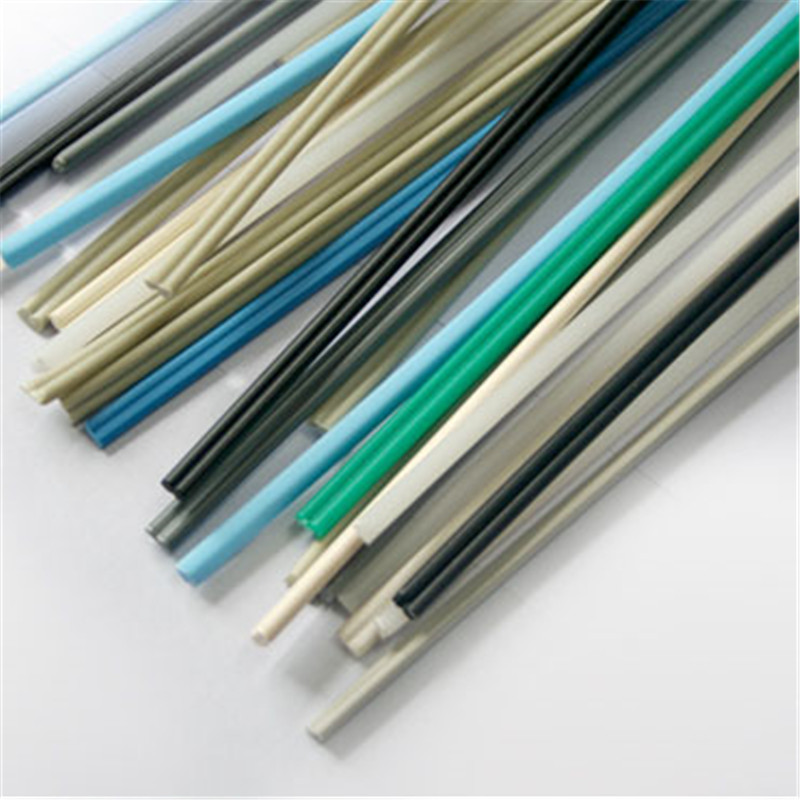Nov . 15, 2024 16:20 Back to list
hdpe pipes and fittings
The Importance of HDPE Pipes and Fittings in Modern Infrastructure
High-Density Polyethylene (HDPE) pipes and fittings have revolutionized the way water and other fluids are transported in various industries. As a lightweight, durable, and environmentally friendly material, HDPE is becoming increasingly popular in urban planning, agriculture, and industrial applications. This article explores the properties of HDPE pipes and fittings, their advantages, applications, and environmental impact, highlighting why they are essential for modern infrastructure.
Properties of HDPE
HDPE is a thermoplastic polymer known for its high strength-to-density ratio. This means that it can withstand significant force without breaking while remaining relatively lightweight. The material is resistant to a wide range of chemicals, making it ideal for transporting water, sewage, and various industrial fluids. Additionally, HDPE has excellent low-temperature performance, which means it can maintain its integrity and performance even in harsh climates.
The flexibility of HDPE pipes allows for easy installation, especially in areas with challenging terrain. Unlike traditional materials, such as PVC and metal, HDPE can be bent to accommodate the landscape, reducing the need for additional fittings. Furthermore, HDPE has a smooth surface, which minimizes friction and allows for efficient fluid flow, ultimately leading to lower energy costs for pumping systems.
Advantages of HDPE Pipes and Fittings
1. Durability HDPE pipes have a long lifespan, often exceeding 50 years. They are resistant to corrosion, rust, and scaling, which are common issues with metal pipes. This durability translates to lower maintenance costs and less frequent replacements, making HDPE a cost-effective option over time.
2. Ease of Installation The lightweight nature of HDPE makes it easier to handle during installation. Moreover, HDPE piping systems can be connected using a variety of methods, including butt fusion, electrofusion, and mechanical fittings, ensuring that installation can be tailored to meet specific project requirements effectively.
3. Environmental Impact HDPE is a 100% recyclable material, which aligns with sustainable building practices. Its production process requires less energy compared to other materials, and its long lifespan means it contributes less waste to landfills. By opting for HDPE pipes, industries can reduce their carbon footprint and promote environmentally friendly infrastructure.
4. Resistance to Leaks The welding methods used in joining HDPE pipes create seamless connections, significantly reducing the risk of leaks. This characteristic is crucial for water supply and sewage systems, where leaks can lead to environmental contamination and resource waste.
hdpe pipes and fittings

5. Cost-Effectiveness Although the initial investment for HDPE pipes may be slightly higher than traditional materials, the long-term savings in maintenance, energy efficiency, and water conservation make it a more economically viable option in the long run.
Applications of HDPE Pipes and Fittings
HDPE pipes and fittings have a wide range of applications across various sectors
- Water Supply Systems HDPE is commonly used for potable water distribution, ensuring safe and efficient delivery of drinking water to homes and communities. - Sewage and Drainage The chemical resistance and smooth surface of HDPE pipes make them ideal for sewage systems and stormwater drainage, helping to prevent blockages and leaks.
- Gas Distribution HDPE's strength and flexibility allow for safe and reliable transportation of natural gas, reducing the risk of leaks and ensuring the security of gas supply networks.
- Agriculture In agricultural settings, HDPE pipes are used for irrigation systems, enabling efficient water distribution to crops, which is essential for sustainable farming practices.
- Industrial Applications Many industries rely on HDPE for transporting chemicals and other fluids due to its resistance to corrosion and chemical reactions.
Conclusion
HDPE pipes and fittings are fundamental to the development of modern infrastructure. Their remarkable properties, coupled with their environmental benefits and cost-effectiveness, make them an ideal choice for various applications. As industries continue to seek sustainable solutions, the demand for HDPE piping systems is likely to grow. Embracing HDPE technology not only supports the efficient transport of water and other fluids but also contributes to a greener, more sustainable future.
-
Durable PP Rigid Sheet: Lightweight, Chemical Resistant Solutions
NewsAug.21,2025
-
PVC Grey Sheet for Extraction: Chemical Resistant & Durable
NewsAug.19,2025
-
Durable PVC Pipe Fittings for Plumbing & Irrigation Needs
NewsAug.18,2025
-
HDPE Steel Belt Reinforced Spiral Corrugated Pipe | High Strength
NewsAug.17,2025
-
HDPE Pipe Fittings: Durable, Leak-Proof Solutions
NewsAug.16,2025
-
Premium CPVC Sheet: High-Temp & Chemical Resistant Solutions
NewsAug.15,2025

